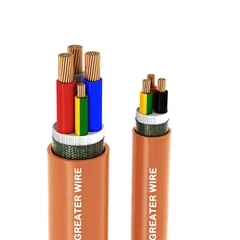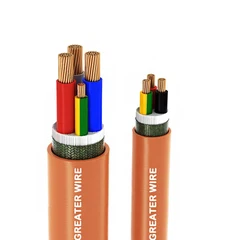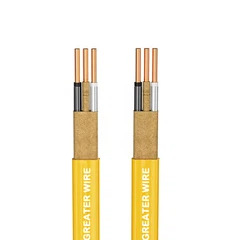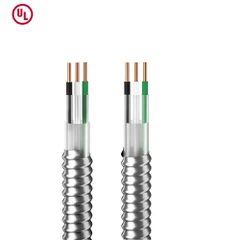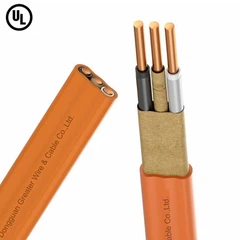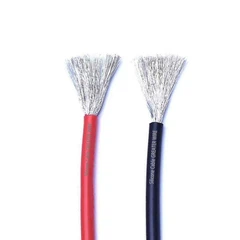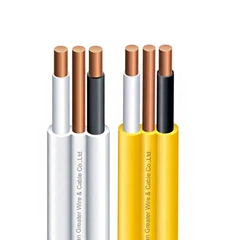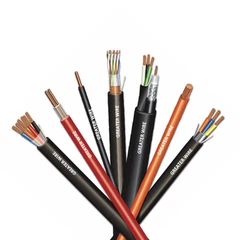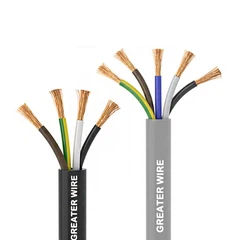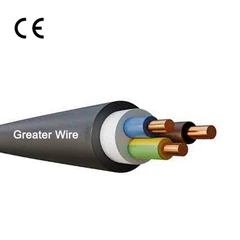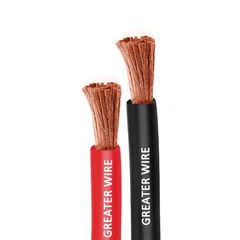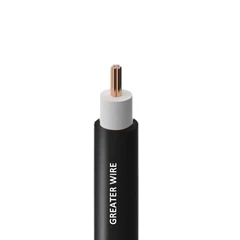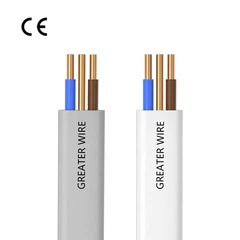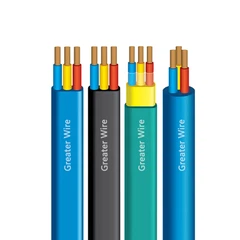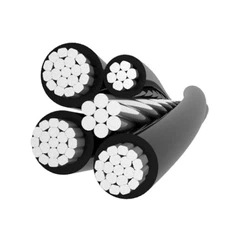In the electrical industry, choosing the right cable type is more than a technical decision-it's a matter of safety, efficiency, and long-term reliability. Among the many options available, Twin and Earth Cable and 3 Core and Earth Cable are two of the most frequently used solutions. Both belong to the family of TPS cables (thermoplastic-sheathed cables), and while they share similarities in construction, they serve different purposes in electrical installations. Understanding these differences and knowing how to properly join cables when needed can make a significant difference in the performance of a wiring system.
What Is 3 Core and Earth Cable?
A 3 Core and Earth Cable consists of three individually insulated conductors-live, neutral, and an additional core-alongside a bare earth conductor. This design provides more flexibility compared to Twin and Earth Cable, especially in applications where two-way or intermediate switching is required, such as controlling lights from multiple locations. For example, in a large living room or stairway, a 3 Core and Earth Cable allows the installation of switches at both ends, ensuring convenience without complex rewiring.

Twin and Earth Cable vs. 3 Core and Earth Cable
Although both cables fall under the category of TPS electrical cable, their use cases differ. Twin and Earth Cable has two insulated conductors (live and neutral) plus an earth conductor, making it ideal for simpler fixed wiring applications like sockets and basic lighting circuits. In contrast, 3 Core and Earth Cable adds an extra insulated conductor, which makes it the preferred choice for circuits that need greater control, such as multi-way light switching.
To illustrate, imagine wiring a standard bedroom light: Twin and Earth Cable is sufficient. But for a hallway with switches at both ends, a 3 Core and Earth Cable becomes essential. By choosing the correct cable type from the start, electricians avoid unnecessary complications and ensure compliance with safety regulations.
How to Join 3 Core and Earth Cable
In many projects, joining cables becomes necessary. Whether extending a circuit or repairing damaged wiring, the process requires precision. For 3 Core and Earth Cable, the joining method is similar to that of Twin and Earth, but with an added step due to the third conductor.
One of the most common methods is using a certified junction box, where each conductor is securely terminated into its corresponding terminal. The three insulated conductors-live, neutral, and the additional core-must be matched correctly, with the earth wire also firmly connected.
In higher-demand scenarios, electricians may use crimp connectors or heat-shrink sleeves, ensuring the connection is both mechanically strong and well-insulated.
Regardless of method, the key is ensuring that no copper is exposed and that insulation integrity is maintained, as even small mistakes can lead to overheating or short circuits.
What to Keep in Mind When Joining 3 Core and Earth Cable
Safety should always be at the forefront. Power must be fully isolated before attempting any join. It is also critical to use accessories rated for the expected current load. Furthermore, adherence to regional standards such as IEC, AS/NZS, and BS ensures compliance and avoids potential legal issues. Real-world examples show that improper joins are one of the leading causes of electrical failures in older buildings, highlighting why professional installation is so important.
How to Choose the Right 3 Core and Earth Cable
When selecting 3 Core and Earth Cable, factors like conductor size, insulation quality, and certification must be considered. A 1.5mm² version is commonly used for lighting control, while larger cross-sections may be necessary for circuits carrying heavier loads. The insulation quality is equally vital: high-grade thermoplastic sheathing ensures long-term durability even in demanding environments. Buyers should also pay attention to whether the cable meets both local and international certifications, as uncertified products may compromise safety. For projects in markets like Australia, the Middle East, or Europe, choosing cables that comply with both domestic and global standards ensures seamless approval during inspections.
Why Partner with Dongguan Greater Wire & Cable Co., Ltd.?
At Dongguan Greater Wire & Cable Co., Ltd., we are committed to delivering electrical cables that meet the highest global standards. Every cable we manufacture-whether it is Twin and Earth or 3 Core and Earth-is developed and tested in line with IEC, AS/NZS, and BS specifications. Our products undergo rigorous assessments for voltage resistance, flame retardancy, and flexibility to ensure stable performance in diverse installation conditions.
What makes us stand out is our ability to provide more than just standard products. We understand that every project is different, which is why we offer customized solutions for cable color, length, and packaging. This flexibility allows contractors, distributors, and end-users to find cables perfectly suited to their needs. Our professional support team is available 24/7, offering guidance on cable selection and technical advice to help clients achieve both safety and efficiency.
With over 50 international certifications, advanced automated production lines, and a factory covering more than 50,000 square meters, we combine scale with precision. Our products are exported to more than 80 countries, including regions with some of the most stringent safety requirements. Customers worldwide trust our ability to deliver not only high-quality cables but also reliable supply and fast turnaround times.
Dongguan Greater Wire & Cable Co., Ltd.
Tel/WhatsApp/Wechat: +86 135 1078 4550 / +86 136 6257 9592
Email: manager01@greaterwire.com

